Oak Grove Church Memories
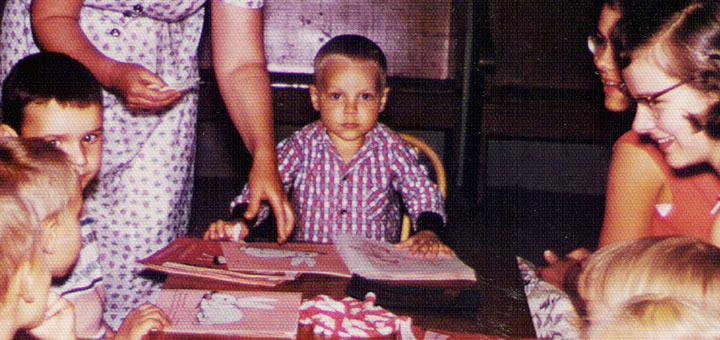
As mentioned in other articles, family stories and genealogical nostalgia are just as important as recording names, dates, and places. Memories of growing up have brought me to the realization that there really are a lot of the same important life experiences now as back then. Young people “back in the day” were influenced by school, friends, church, family, and community – just like today.
My experiences growing up as a Hagenbuch in the Washingtonville, PA area during the 1950s and 1960s were a strong combination of church and family. As mentioned in previous articles, many of the descendants of brothers Hiram (b. 1847) and Joseph (b. 1852), sons of William Hagenbuch (b. 1807), attended Oak Grove Lutheran Church located between Washingtonville and Pottsgove in central Pennsylvania. To attend church there in the mid 1900s was to visit with family. My siblings (Barbara, Bob, and David) and I share fond memories of Oak Grove, some of which follow in this article.
People often joke that Lutherans always seem to sit in the same pew at the same spot every Sunday. This is probably true of most churches. My siblings and I remember that our immediate family sat on the right hand side about halfway up in the sanctuary. Ahead of us were our grandparents: Clarence and Hannah Hagenbuch, both born in 1889. Sitting with them would have been our Aunt Ellen and Aunt Mary, daughters of Clarence and Hannah, until Aunt Mary married Grendon Taylor in 1964 then they sat in a different pew.
Behind us on the right hand side was a first cousin of my grandfather, the son of Joseph Hagenbuch – Raymond (b. 1896) and his wife Lottie. Their sons and families also sat nearby: Joe and Bernice, and Larue and Dawn (This was until Larue, Dawn, and family began to attend Pottsgrove Lutheran in the early 1960s).
Dad’s first cousin Cyrus and his wife Cleota sat in the very back on the right because Cyrus was the custodian of the church; always busy even during services, checking the heat, lights, etc. His two oldest children and their families also sat on the right nearby: Stanley Hagenbuch and Arlene “Hagenbuch” Snyder. Cyrus and Cleota’s youngest daughter, Jean, played the organ until 1966 when I took over as organist (I was only 12 at the time).
On the left side of the church was a group of my great Uncles and Aunts (siblings of my grandfather Clarence) and their families: Uncle Percy (Uncle Perce), Uncle Harry (Hiram, Jr), Uncle Israel, and Aunt Katie. Uncle Perce’s and Uncle Harry’s wives had both passed away by the time I was retaining memories so I have no recollection of them.
Another great uncle, Franklin, had passed away in 1930 but his family was represented by his widow, my great Aunt Pearl, their sons, and grandchildren. Great Uncle Israel, his wife Minnie, their three sons, and their daughter (first cousins to my father), began to attend Washingtonville Lutheran church in the 1960s; but I still got to see them regularly as they lived on William Hagenbuch’s original homestead just down the road from the church.
Delightful great Aunt Katie “Hagenbuch” Roat was always present in church. She was a widow as her husband, Uncle Will, had died in 1932. Her son, Paul, would sit beside her and on the other side was Paul’s wife Lulu. Paul died in 1964 as did Aunt Katie. But, Lulu was a regular figure in church until her death in 2004 at the age of 98.
One member of this group of great aunts and uncles was especially unique. This was great Aunt Julia Hagenbuch who never married. Born in 1884, Aunt Julia was a nurse at Baltimore’s Johns Hopkins Hospital and later in her career superintendent of nursing at the Biedler-Sellman Hospital in Maryland. When she attended Oak Grove a few times a year, she would sit beside her sister, my great Aunt Katie, and never were there two sisters who were so mismatched. Aunt Katie was the typical looking plain, dowdy, yet always happy farm woman. Aunt Julia, even up until her death in 1968, sported a slim figure, fashionable dresses, large black hat that sat on raven black hair, her stern countenance dressed with ruby red lipstick and rouged cheeks. They were wonderful great aunts!
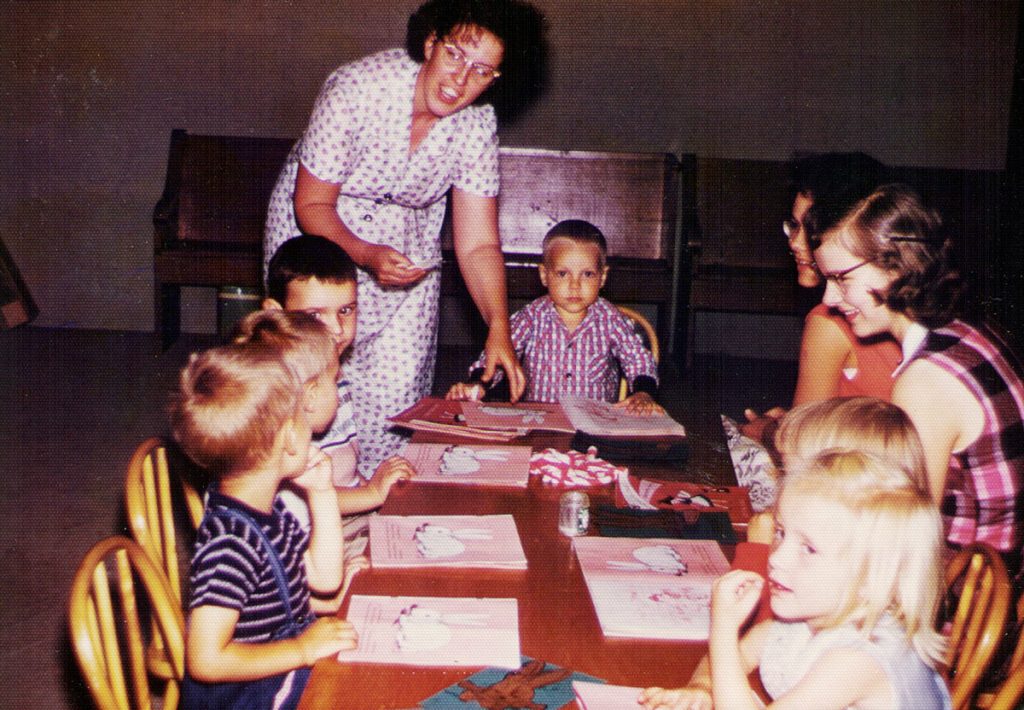
Oak Grove Lutheran Church vacation Bible school, 1957
Center: Mark Hagenbuch; Center left: teacher Dawn “Shultz” Hagenbuch; Center right: teacher helper Edna Mae “Beaver” Steiner
Two events outside of regular Sunday service are well remembered by us Hagenbuch children: vacation Bible school and the annual festival always held the Saturday before July 4th. Vacation Bible school drew children from all around the church area, not just those of us who were Hagenbuchs.
The younger children met in the basement of the church while the older children met in the one room school house adjacent to the church. Long tables were set up in the school house where crafts were made during that busy week in the summer. The school house (where our grandmother Hannah “Sechler” Hagenbuch had taught before she married in 1914) smelled musty with an odor much like old paint. It had old prints on the peeling walls left over from the years when it housed children up to the 8th grade. Bats and mice shared the space with us amid the old furniture. Along with crafts we memorized songs and Bible verses to recite at the final program held for the congregation at the conclusion of the week.
The other very important event was the church festival. The church parking lot of crushed stone was ringed with tables on saw horses, the tables covered with white paper. A large hand written sign listing the night’s menu was attached to an electric stove which was positioned in the center. Wires of lights were strung across the parking lot (by cousin Cyrus) and the stove was hooked up so the soups and barbecue could be kept hot by the women of the church who were in charge of all the food.
Off to one side was the hand dipped ice cream area where most of the men worked (or socialized); and on the other side of the lot was a large, elongated metal case filled with ice and soda bottles. My siblings and I have strong memories of the sodas from Catawissa Bottling Company: birch beer that came in the colors of brown, white, blue, and red. A table beside the iced sodas held boxes of candy that sold for nickels and dimes.
The festival was attended by hundreds of people, or so it seemed. Everyone helped in some way. As the night grew dark, some of us children would drift away to the adjacent graveyard, playing hide and seek among the stones to make hooting noises to scare the younger children. Usually, one of the men or even the minister would then walk the graveyard to shoo us out. At the end of the festival, close to midnight with all the clearing away, some of us would jump into cars with our parents and travel to the nearby town of Millville where there were always fireworks on that Saturday night.
The impact that the church had on our lives should never be underestimated. Church was serious. People sat straight and quiet during the service – no turning and looking behind you, no clapping, and rarely a smile. It wasn’t that we weren’t joyful people, but our church experience was solemn. Children who misbehaved were taken outside, and sometimes one could hear the discipline being meted out by the father.
Our father was known for his “knee grip”. If we fidgeted in the pew or turned around, his hand was around our knee cap and a squeeze which could be painful brought us to attention. My brother, David, remembers being threatened by our parents with the “hat pin” that he would be jabbed with if he continued to fall asleep in church!
The Lutheran service was conducted from the 1917 version of the Common Service Book and Hymnal. My brothers and I remember being acolytes and the importance of keeping the “stick” lit as we walked down the aisle. I remember the first time I was acolyte and how embarrassed I was when halfway down the aisle the flame went out because I did not continue to push up the wick!
We also remember as young children thinking, “Why is the minister talking about pahnhaas?” Pahnhaas was the common name for scrapple and each Sunday during the Kyrie we thought we heard the minister recite, “Lord have mercy and pahnhaas. Christ have mercy and pahnhaas.” We didn’t realize until we could read and follow the service in the black service book that he was saying, “Lord have mercy upon us!”
Ministers were respected and were seen as the leaders of the flock. As children, we remember Rev. Linn, Rev. Fisher, and Rev. Stahl. I remember once during the festival after I had spent my 25 cents which Dad had given me (we did not get an allowance, but would always receive a few coins when we attended festivals and fairs), I asked Rev. Stahl for a dime to buy a soda. It wasn’t long until my father approached me with that foreboding look on his face. Rev. Stahl must have snitched on me (as he had given me that dime for the soda). Dad pulled me aside with the “neck grip” and let me know that we Hagenbuchs never asked someone else, especially the minister, for money.
As with other memory exercises, thinking back to the experiences I had in church created recollections that led to questions which after all these years, I may never know the answers. However, memories give us the opportunity to share the past with family members and search for more information through the cobwebs years gone by. Be serious about our family history, take the time to reminisce with family, and write down those remembrances for our future historians to enjoy. Whereas dates, names and places may be the backbone of genealogy, family stories are the meat and muscle that give strength to our rich heritage.

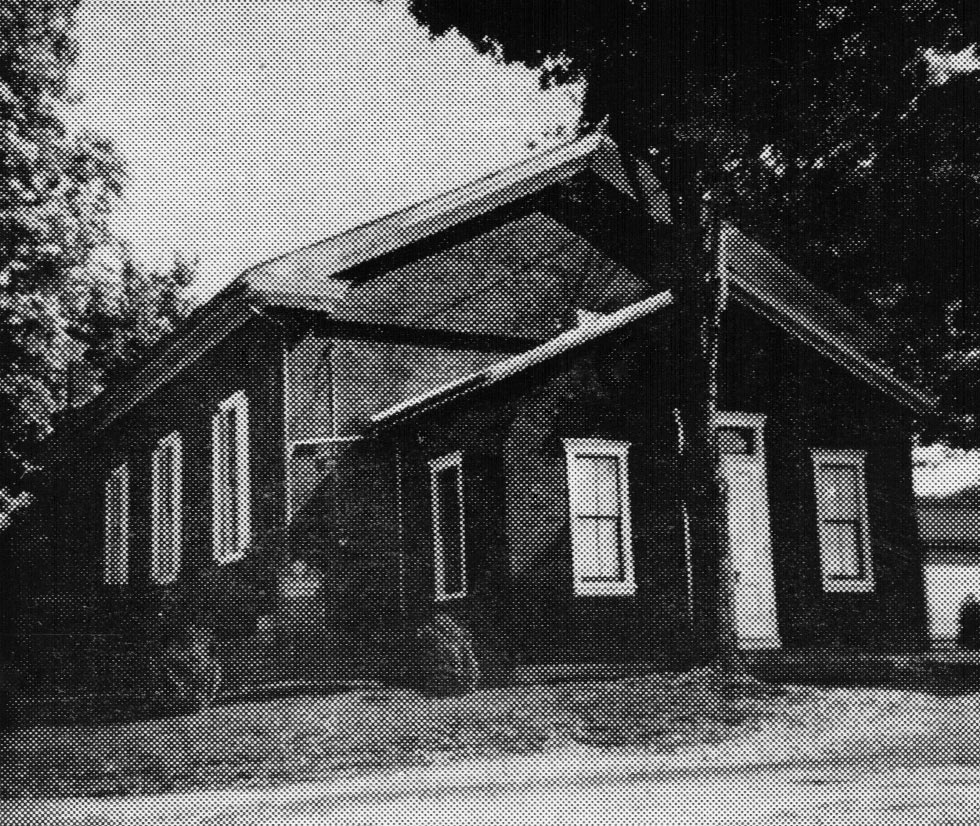
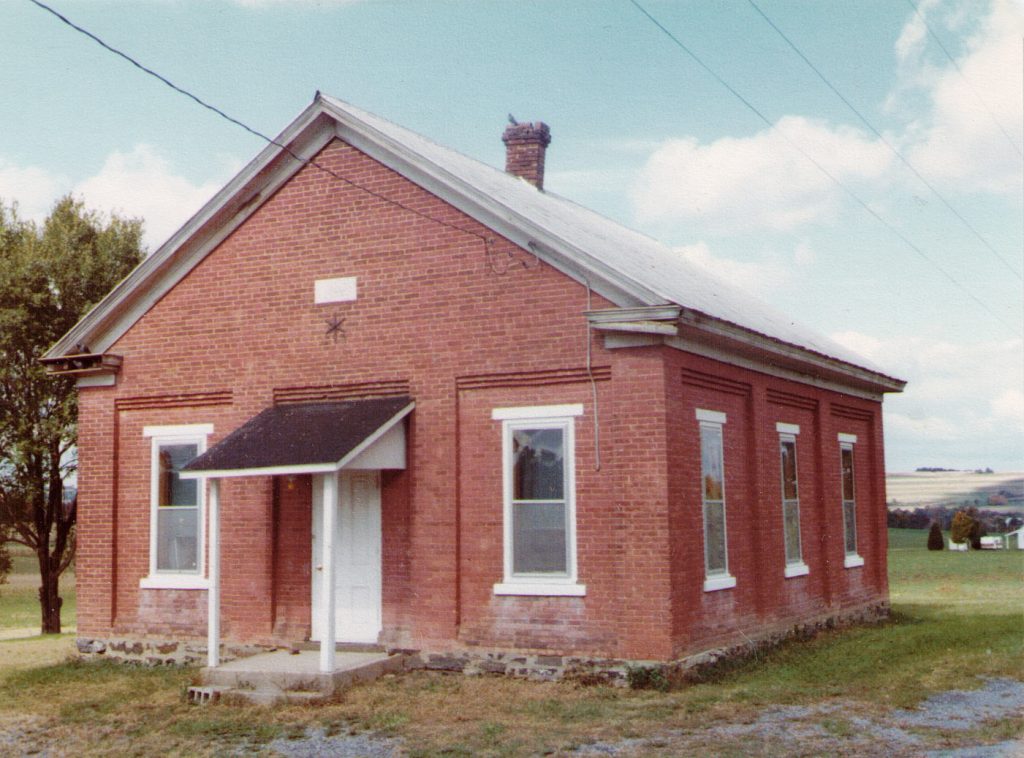
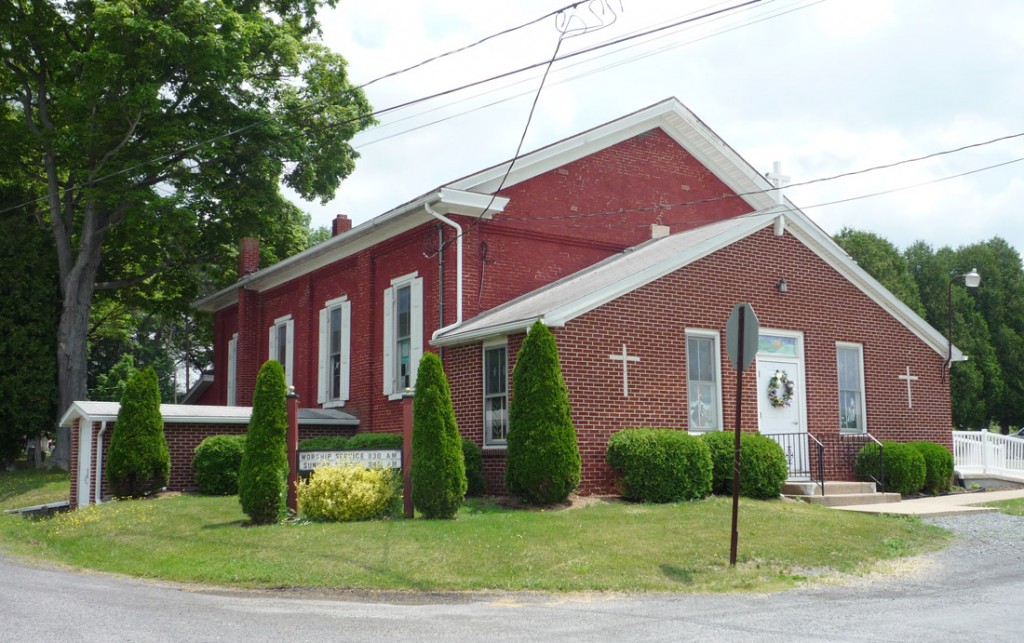
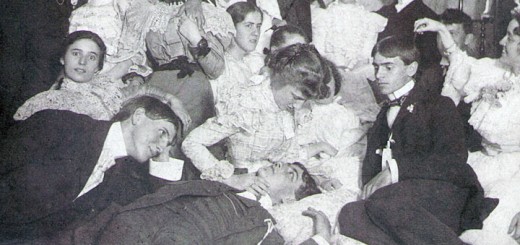
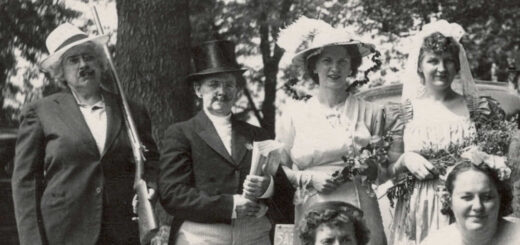
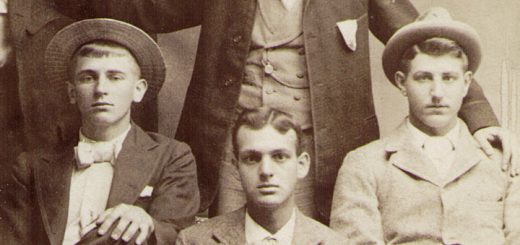














Wilmer Henry Hagenbuch, my father, attended Oak Grove Lutheran Church, along with myself, daughter Nancy Kay Hagenbuch and brothers, Lawrence Ray Hagenbuch, Dan Wilmer Hagenbuch and Lynn Way Hagenbuch, and our mother.